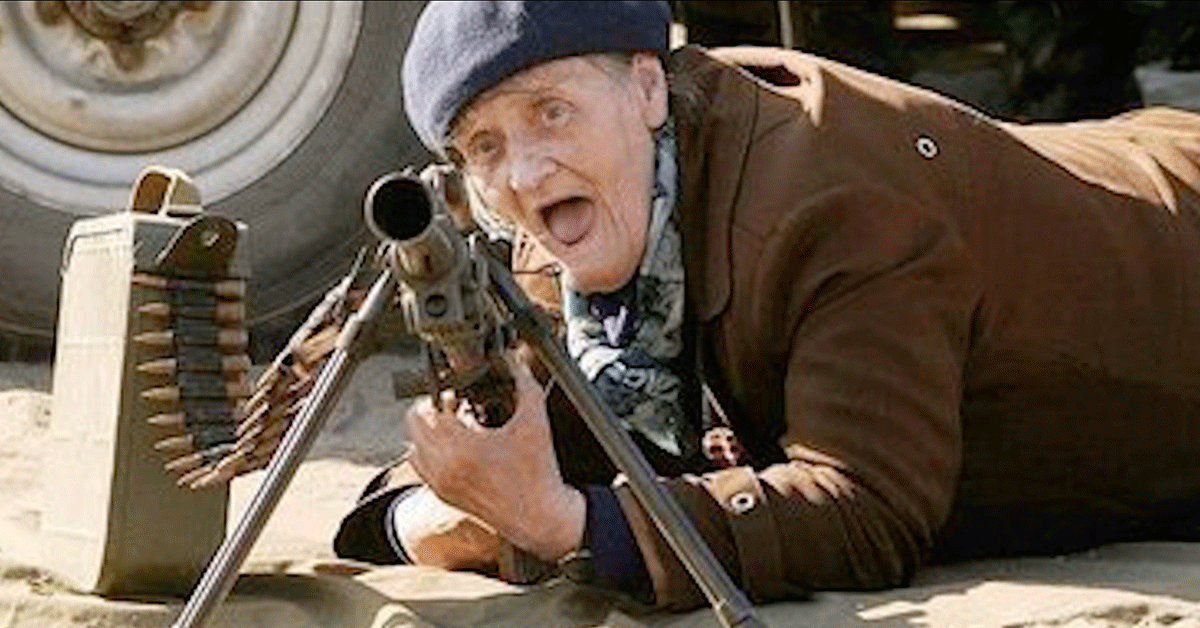In 2017, two vets went into an active war zone to document testimonies from survivors of the Yazidi genocide begun by the Islamic State of Iraq and the Levant (ISIL/Da’esh) in August 2014.
They were lucky to get out alive.
According to the United Nations, “ISIL committed the crime of genocide by seeking to destroy the Yazidis through killings, sexual slavery, enslavement, torture, forcible displacement, the transfer of children, and measures intended to prohibit the birth of Yazidi children.”

Navy diver Andrew Kabbe and Air Force pararescueman David Shumock were in the Kurdish region of Iraq working in refugee camps when they were approached by a Yazidi tribal council.
The Yazidi people were desperate to tell their story and they were funding a feature film that depicted the early events of the genocide.
They needed help.

After careful deliberation — and a few false starts — Kabbe and Shumock committed to the project.
Kabbe decided to write and direct the film, while security fell unto Shumock, who had been in the region during the events of 2014 and not only had experience fighting ISIL, but had strong Peshmerga connections that would allow the crew to shoot in what was functionally a red zone.
“Without him we would have been lost,” Kabbe told We Are The Mighty.

Much of the crew consisted of Yazidi volunteers who had been forced to live in refugee camps, as well as Christians, Jews, Atheists, and Muslims. They came from Iraq, Iran, Turkey, the US, England and even Poland. There were three main languages on the set: Kurdish, Farsi and English. Arabic was spoken as well. Two translators were required to communicate to the entire crew.
But the growing need to tell the story of what the Yazidi people continue to endure took over.
And now the film is near completion, but the crew needs help to complete it. Check out their page to learn more about the project and how you can make a tax-deductible contribution to their efforts.










